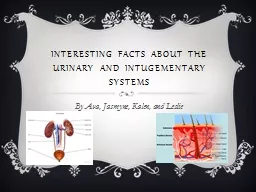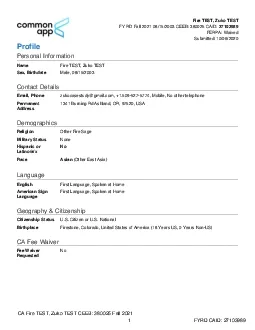PPT-For theatre or not? An interesting GI case
Author : Outlawking | Published Date : 2022-08-01
Dr J Bretherton Radiology SpR Dr K Planche consultant radiologist Royal Free Hospital London Clinical Information 54yearold female Presenting complaint abdominal
Presentation Embed Code
Download Presentation
Download Presentation The PPT/PDF document "For theatre or not? An interesting GI ca..." is the property of its rightful owner. Permission is granted to download and print the materials on this website for personal, non-commercial use only, and to display it on your personal computer provided you do not modify the materials and that you retain all copyright notices contained in the materials. By downloading content from our website, you accept the terms of this agreement.
For theatre or not? An interesting GI case: Transcript
Download Rules Of Document
"For theatre or not? An interesting GI case"The content belongs to its owner. You may download and print it for personal use, without modification, and keep all copyright notices. By downloading, you agree to these terms.
Related Documents














